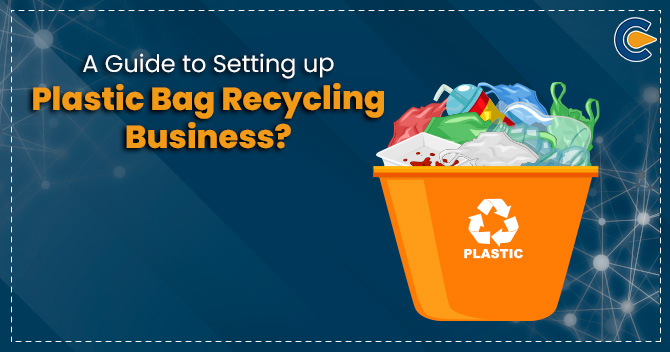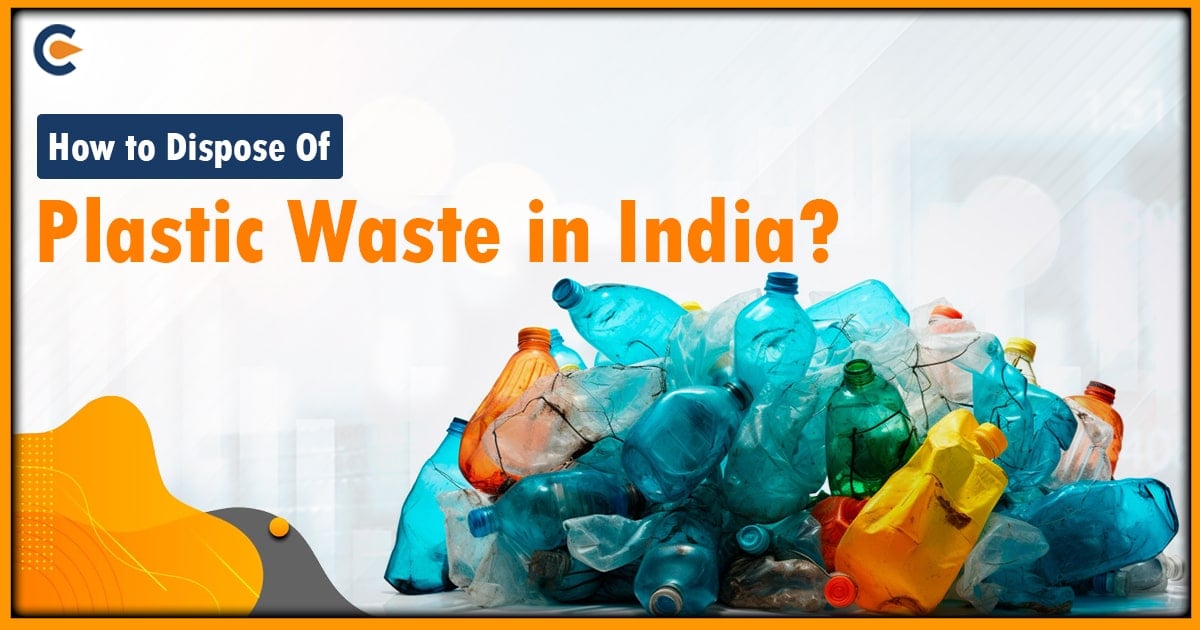As per the CPCB report released in 2020, India generated around 10 million tonnes of electronic waste in 2019-20. Of this, the report predicted that only 3.6 per cent and 10 per cent were actually accumulated in the nation in FY 2018 and 19, respectively. The sharp economic growth since liberalization and the soaring digital revolution have contributed to India’s massive e-waste generation. For the last two decades, India has witnessed the enormous growth of the electronic sector and a steep rise in e-waste generation. This blog aims at discussing important aspect of e-waste, including E-waste management techniques in India.
Present condition of e-waste generation in India
- As per the World Economic Forum 2018 report, our country ranks at 177 amongst 180 nations globally.
- This was credited to the below-par performance at the environment health policy implementation and deaths happening owing to air pollution.
- Additionally, India is ranked fifth globally as one of the prominent e-waste producing nations, only after China, the United States, Japan and Germany.
- Presently, India generates around 400,000 tons of electronic waste on a yearly basis, which is soaring @ of 10 per cent and 15 per cent annually. Seventy per cent of which primarily comes via business sectors and government agencies.
- The nation formally recycles as low as 2 per cent of overall electronic waste produced yearly. Until 2004, a concrete reverse e-waste supply chain management was not formulated, which might have handled the problem of health & safety of the informal recyclers and scrap dealers.
- It pinpointed the late response of the GOI’s lack of policy regulation on electronic waste management & negligence to tap on potential business opportunities in an untapped market segment. But, in the year 2016, the MoEFCC rolled out updated E-waste (Management) Rules, which came in supersession of the E-waste management in India.
E-Waste Management Techniques in India
Following are the common E-waste management techniques available in India for the mitigation of e-waste in India;
Land filling
This is the most common method of electronic waste disposal. The landfilling process includes the following steps
- Excavation of Trenches
- Burying e-waste in pits
- Covering such pits by layers of earth
Incineration
A controlled combustion process wherein e-waste is burned in an incinerator unit around 900 degrees to 10,000 degrees Celsius. Incineration helps in converting hazardous substances into lesser hazardous compounds/substances
Recycling
A process of dismantling as in the discarding of numerous parts of electronic waste containing hazardous substances such as Printed circuit boards, plastics, discarding of CRT, segregation of non-ferrous, mobile phones, hard drives, fax machines, wires, memory chips can be recycled.
The presence of lesser quantities of heavy metals and hazardous substances such as cadmium, mercury, beryllium, and lead poses a considerable risk to human and animal life.
Problem of E-waste in India
As per the ASSOCHAM’s study, computer equipment solely amounts to around 70 per cent of the overall e-waste generated, only telecommunication product 12 per cent, electrical item 8 per cent and medical item 7 per cent, while the remaining are from households.
Unlike the waste management norms and initiatives aimed at altering the end-user behaviour in Europe and Japan, there is a nil enforcement regulatory framework and nearly nil awareness and insufficient occupational safety measures for individuals involved with such recycling processes.
Therefore, it is an utmost requirement for our nation to figure out decisive strategies to practice refurbishing/recycling e-waste reuse in specialized units while targeting human health hazards and environmental contamination.
Opportunities of E-Waste Management in India
In 2016, the MoEFCC formulated and released the E-Waste (Management) Rules to minimize production and escalate recycling. Accordingly, the GOI shall release EPR with nationwide applicability to entrust producers with the responsibility to gather 30 per cent to 70 per cent of the electronic waste they produce within seven years.
Post such regulation: attempts have been made toward syncing the prevailing informal/unorganized sector.
The German Agency GIZ has come up with optional business models for autonomous authorization of the informal sector.
The E-waste Management Rules, 2016, was subjected to amendments in March 2018 to facilitate and deploy an apt management system for e-waste handling in India.
Role of Governments, City Administration, and Citizens in e-waste mitigation
According to the ASSOCHAM report[1], the GOI needs to sync with the industry and figure out some standard operating procedures and an organized phased approach while emphasizing the agency at minimizing e-wastes to the lowest possible number.
Simultaneously, the GOI should support ideas adopted by the developed nations for practicing an effective accumulation and recycling system.
The GOI must incentivize businesses in the form of financial aid, tax exemption, technological mentoring for setting up -waste recycling and disposal plants.
To render and calibrate the mutual coordination between the cluttered un-organized recycling sector, the GOI should play a proactive role of mentor and collaborator.
The concept of EPR (Extended Producer Responsibility) has been increasingly applied for e-waste management globally because of its earlier manifested success and effectiveness in western nations. Herein, manufacturers/producers hold liability for e-waste management. State governments, end-users, local bodies, retailers, NGOs, local collection agencies play a pivotal role in accumulating, establishing infrastructure, and conducting awareness programs to make e-waste management a success.
Conclusion
As a citizen of India, we are less concerned and aware of the repercussion of disposing of e-waste in the open air and thus barely attempt to segregate them under different categories. The burning of e-waste releases various hazardous substances, including furans and dioxins, into the open air.
Just like the government of various nations, E-waste management is an imminent obstacle for developing India, and it is rapidly increasing every passing day without any measures. The time has come to sync the formal and informal sectors to strategically collaborate to accumulate, process, and disposal of e-waste.
The competent authorities should leverage and set up methods in managing e-waste processing safely and sustainably. Encouragement to Research and Development facilities via fiscal aid and mentoring should be placed to underpin alternative of present e-waste compounds. E-waste management techniques mentioned above are certainly not productive as far as the comprehensive handling of waste is concerned.
Read our Article:EPR Target in E-Waste Management: Meaning, Significance and Obligations











